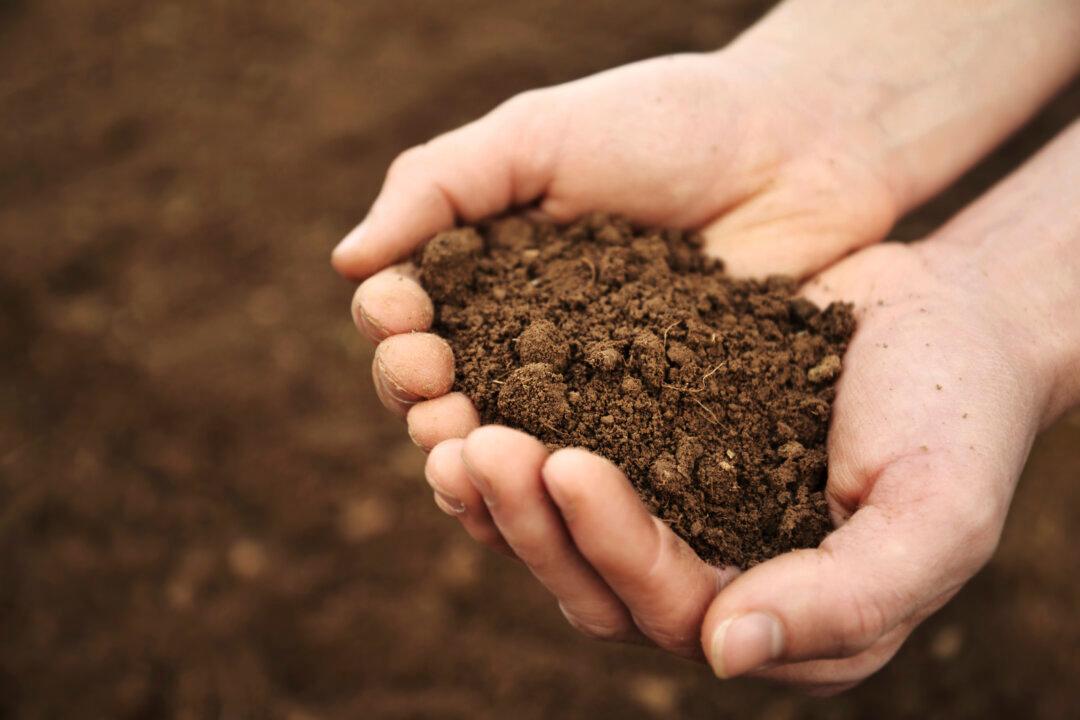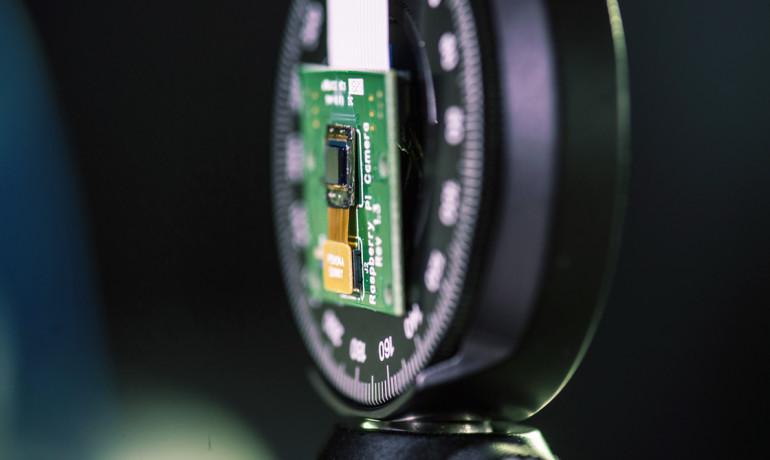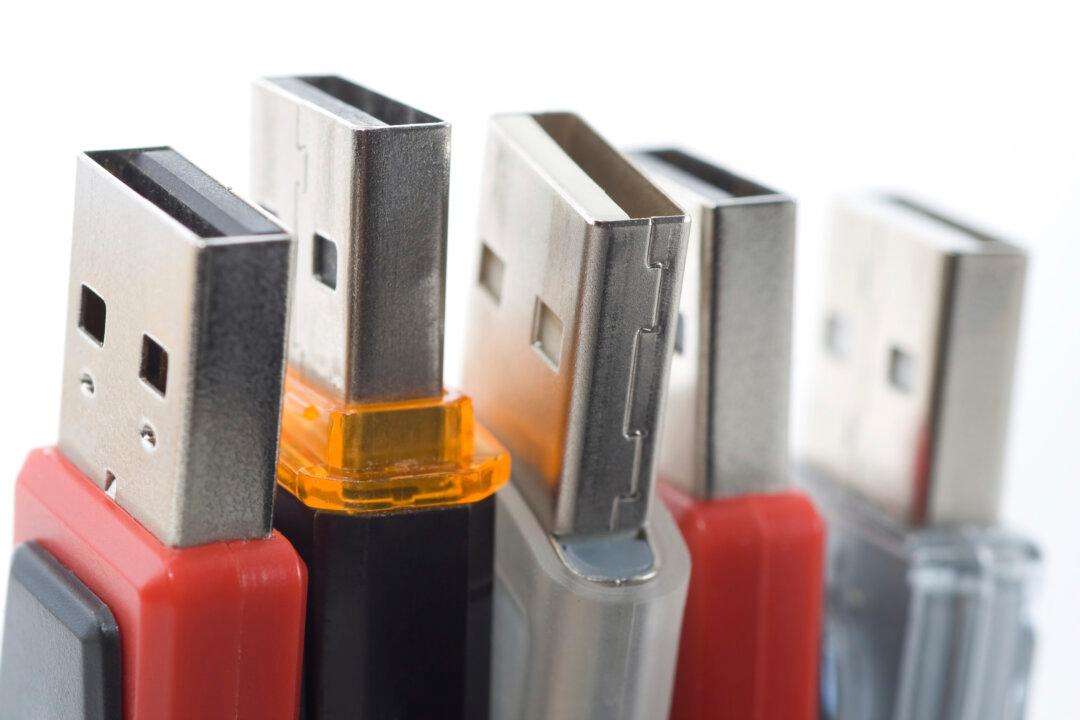Scientists are using a process called pyrolysis to clean soil contaminated by oil spills in a way that saves energy and reclaims the soil’s fertility.
Pyrolysis involves heating contaminated soils in the absence of oxygen. This approach is much better for the environment than standard incineration techniques for fast remediation, says Rice University environmental engineer Pedro Alvarez.
“Our original goal was to speed the response to oil spills, but our aspiration was to turn contaminated soil into fertile soil,” says Alvarez, professor and chair of the civil and environmental engineering department.




